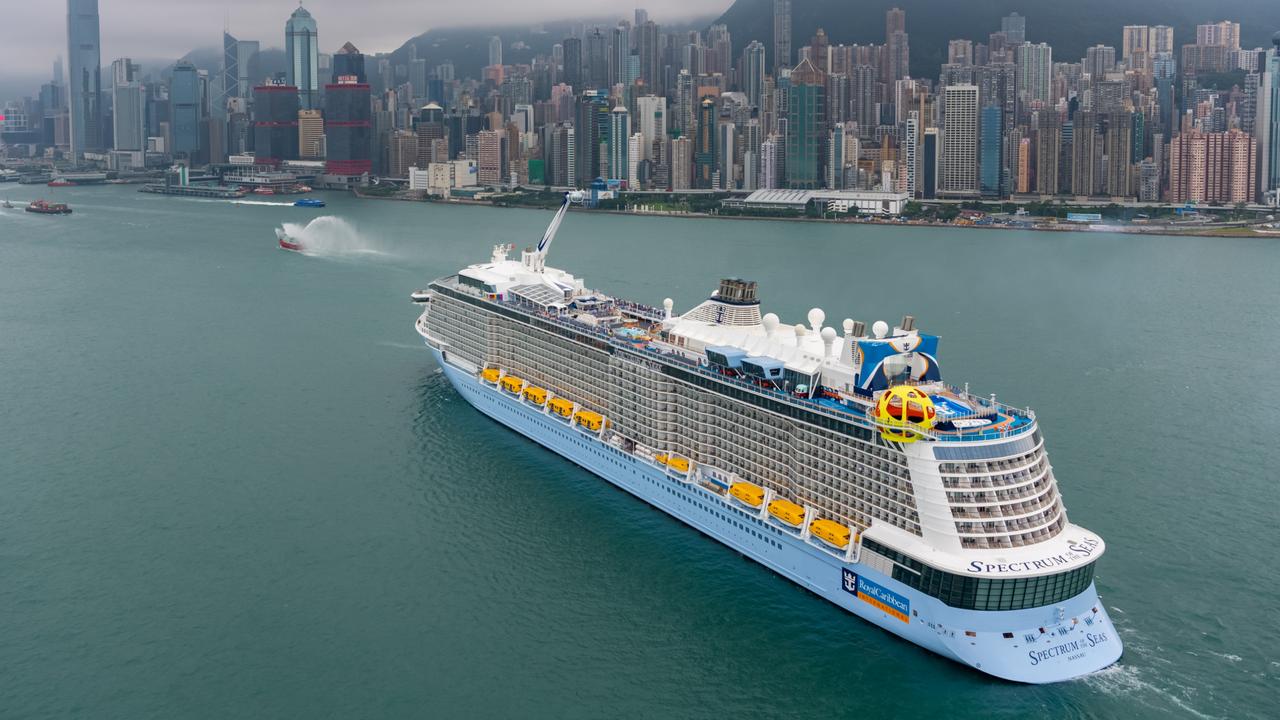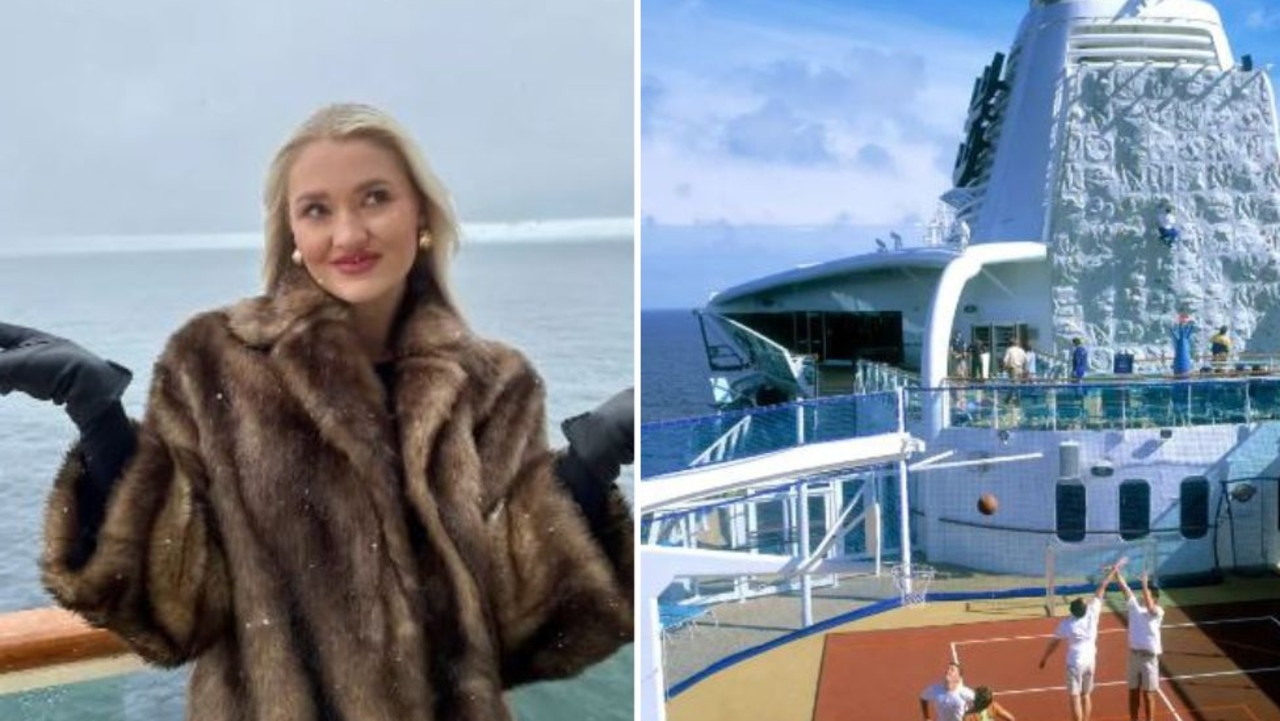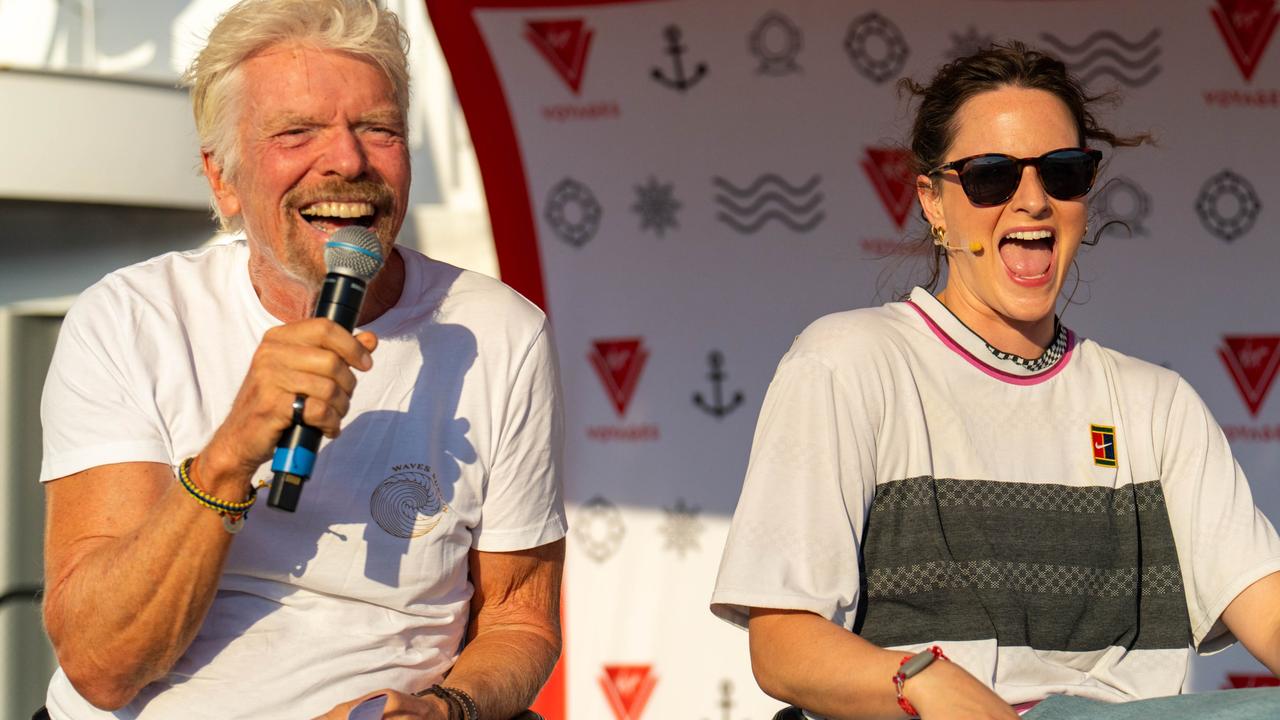Weird and wonderful creatures on the Galapagos Islands
THE wonder of the environment and its wildlife is evident throughout a visit to this extraordinary archipelago writes Chanel Parratt.
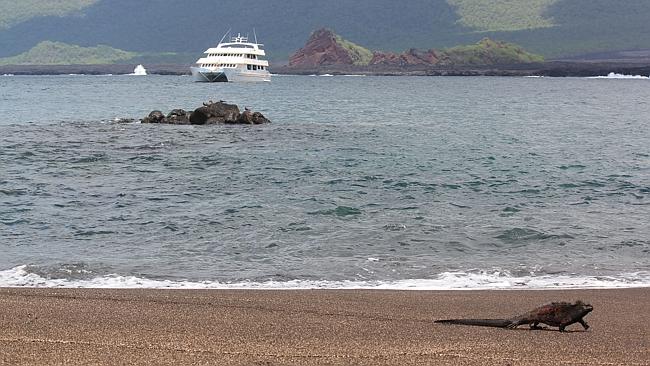
IGUANAS that learnt to swim, birds that forgot how to fly; a living laboratory of evolution sits at the junction of three ocean currents, 1000km from the coast of South America.
The extreme isolation of the Galapagos Islands has created an environment of survival. Endemic species such as the marine iguana and flightless cormorant are not found anywhere else on earth.
The best way to enjoy the archipelago is by boat. As part of my Classic Galapagos tour with adventure travel company Peregrine, I'm exploring the islands by luxury motor catamaran, panga (a type of Zodiac), foot and snorkel.
A grandiose notion to keep track of all I see quickly goes out the window.
This is one of those places still brimming with life, too abundant to count.
The crew on board the vessel as unique and wonderful as the plants and animals that call the Galapagos home.
Day one and two
The nine-night itinerary begins in Quito before flying to San Cristobal Island the following day and transferring to our boat, Queen Beatriz.
We've barely left the shore before our guide, Juan Carlos, points out Galapagos sea lions, Sally Lightfoot crabs and a frigate bird riding the thermal winds above.
With a maximum of 16 guests Queen Beatriz soon feels like home. The newly fitted rooms are spacious with a separate bathroom, wardrobe and plenty of room.
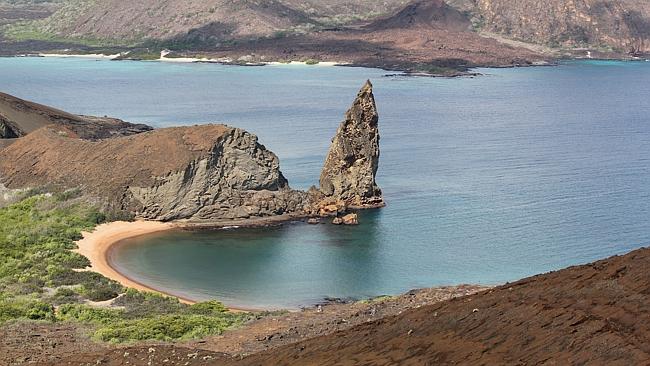
There are decks for lounging, jacuzzi-ing, eating and jumping into the sapphire water below.
After a bountiful lunch of fresh seafood, salad, rice and grilled meats we return to San Christobal Island and visit La Galapaguera, the San Christobal Breeding Centre for Galapagos tortoises.
As we climb out of the bus we spot our first tortoise, its stumpy, elephant-like legs and leathery skin stretching to tear at some lantana.
Back on the boat, relaxation sweeps over the group as we settle into life at sea.
Day three
After breakfast we ride the pangas to Bartolome Bay and climb the 371 stairs to the lighthouse to take in the most photographed view of the Galapagos Islands - Pinnacle Rock. Juan Carlos explains the geology of the Galapagos, about underwater volcanoes and how the archipelago was never part of any other land mass.
All plants and animals were carried to the islands by air, sea or bird.
That afternoon we snorkel with a stingray, swim with a school of yellow-tail angel fish, float across an underwater field of chocolate-chip sea stars and spot our first shark.
Heart pounding, we swim closer for a better look.
Day four
A wet landing on to the black sands of Espumilla Beach, where turtle tracks the size of tractor tyres climb the beach.
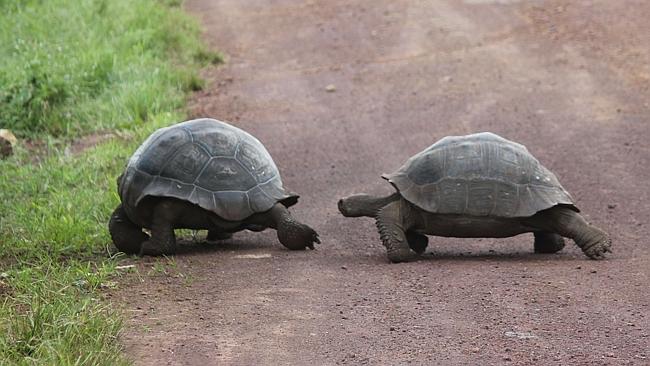
We tread carefully to avoid the sea turtle nests and celebrate as our Canadian shipmate Josh successfully proposes to Aurelia.
Returning to the boat we spy a couple of amorous sea turtles consummating the engagement before setting sail.
At Puerto Egas on the northwest of Santiago Island, a female marine iguana builds a nest in the sand while the male iguanas swim offshore for food.
Day five
Seals jump playfully beside the boat as we set off in the pangas to Peurto Ayora on Santa Cruz Island, home of the Charles Darwin Research Station.
Juan Carlos is clearly affected as we approach the home of Lonesome George.
He was the last-known Pinta Island tortoise who died the July before.
That afternoon we hike through lava tunnels, explore the highlands and cross paths with tortoises in the wild.
After dinner, salsa lessons on the upper deck and laughter at each other's expense.
Day six
North Seymour Island is one of few places in the Galapagos you can see blue-footed boobies all year round, their rubbery blue feet easy to spot on the black lava rock.
Male frigate birds are perched on branches with their racing-red pouches puffed out to attract the females.
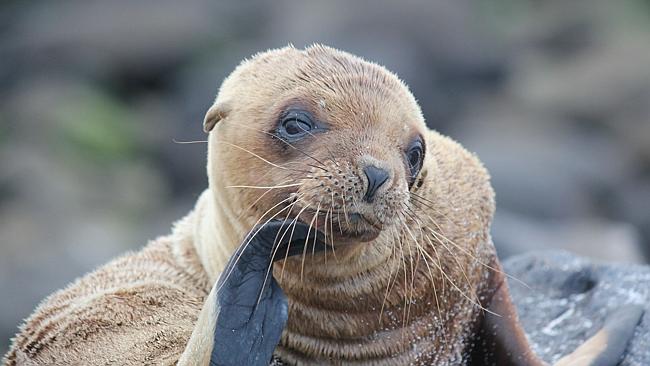
Snorkelling on the southeast side of the island is spectacular. Sea lions splash in the water, white-spotted eagle rays ripple past and we follow the graceful wake of a green sea turtle as it swims through the water before diving into the deep below.
The afternoon is spent walking the stretch of white sand on tiny Mosquera Island.
It's where we share a magnificent beach sunset with a large colony of sea lions.
Day seven
The Galapagos Islands are the most important nesting area for green sea turtles in the world. During a panga ride at Black Turtle Cove we catch a glimpse of a great blue heron stalking through the mangroves and survey countless turtles, stingrays and sharks that have entered the cove for food and protection.
Later that afternoon we climb Dragon Hill on Santa Cruz Island and regard the first wild pink flamingoes any of us have seen.
Golden land iguanas pay us little attention and we're left marvelling at how fearless the creatures of the Galapagos are.
Day eight
Just when we thought the water couldn't get any clearer or the snorkelling more fun we approach the east side of Santiago Island.
Muffled squeals expel from snorkels as four sea lions try to make friends.
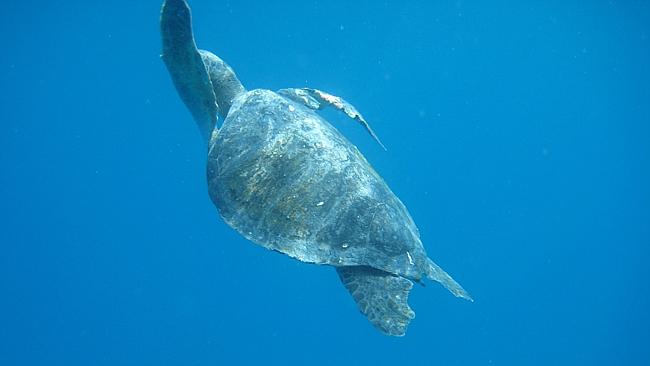
They spin and twirl and dive and we follow until I'm too distracted by the penguins swimming just centimetres from my face.
The animals simply aren't afraid and their curiosity in us quickly becomes the most wonderful part of the journey.
We snorkel into a light-filled cave, get hungry at the sight of large rock lobsters and see our first Galapagos hawk, the top predator in the archipelago.
Day nine and ten
We take an early shore excursion on our final day at sea for the chance to sight a flamingo-filled lake.
It is bittersweet for the few that got out of bed as we regard (just) two flamingoes going about their daily business.
We make the journey back to Queen Beatriz one final time.
Before we do we wade through a school of baby whitetip reef sharks as we climb back in the pangas.
The writer was a guest of Peregrine Adventures and Flight Centre.
GO2 - GALAPAGOS ISLANDS
Getting there
Flight Centre offers return flights from Australia to Quito, flying with Qantas Airways and LAN Airlines. Prices per person start from Sydney $2818 from Sydney, Melbourne $2931, Brisbane $2935, Adelaide $3125 and Perth $3299*.
*All prices include taxes and are subject to change due to availability at the time of booking.
Valid for travel until November 30, but must be booked before November 11.
Staying there
Peregrine Adventures' nine-night Classic Galapagos-Itinerary B starts in Quito and sails aboard Queen Beatriz.
The tour is priced from $4825* a person, twin share, including return local flights from Quito to the Galapagos Islands, seven nights aboard the cruise, two nights in a hotel, local tour leader and naturalist, most meals and sightseeing.
Price based on departures between September 28 and October 26.
*All prices are subject to change and availability at the time of booking.
More
For information and bookings contact Flight Centre. Ph 1300 939 414
"Like" Escape.com.au on Facebook
Follow @Escape_team on Twitter

